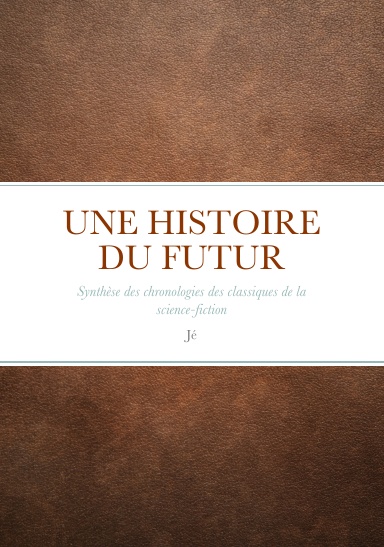Nearbaseline humans, sometimes called nebs, are the most numerous embodied hominids in the known galaxy, and collectively the various nearbaseline clades and subclades make the largest single population of non-virtual sophonts in the Terragen Sphere. Note that non-embodied virtual sophonts
derived from human templates are more numerous than embodied humans,
but these entities can be changed into radically different infomorph types with relative ease, so are generally considered separately.
Depending on their ancestry, near-baseline humans may have any of a number of innate advantages over true human baselines,
as well as numerous other differences that are the result of local
adaptations, or cultural fashions and traditions, or pure chance (see nearbaseline genemods)
but the one thing they have in common is that they are still
recognizably human in form, and are interfertile either directly with
the rare baseline human population or with some other nearbaseline
populations. Though they may be bright, or even superbright,
and though they may have some extraordinary physical abilities and
highly extended "natural" life-spans compared to a baseline human, they
lack the entire coordinated suite of physical and mental advantages that
distinguishes the superiors,
and though they may have the ability to survive and thrive in some
conditions that might kill an ordinary baseline human they lack the
extreme adaptations that distinguish the tweaks. Likewise any nonhuman animal genome they carry is not so evident as in a rianth,
and any hardware or bioware they may have chosen to integrate into
their bodies is less extensive and vital to their existence than is the
case for bioborgs and cyborgs.
It is estimated there are perhaps three quadrillion nebs all told,
depending on one's definitions (there is not always a sharp division
between nearbaselines and many of the other hu categories).
Despite
the fact that divisions between different populations of nearbaselines
are far from clear, the Institute of Biological Taxonomy on Erasmus
recognizes some 36,000 modern subspecies of Homo sapiens in addition to the baseline Homo sapiens sapiens.
Some of the types that developed early in the history of the Terragen
expansion have become particularly widespread in the time since. Most
common of all is a general human type widespread throughout the Inner
sphere, H. s. plebus (with at least ten thousand "races" according to some experts), but there are many others. These include H. s. lunensis, originally native to the domes and tunnels of Old Earth's moon and now found on low acceleration orbitals and moon-sized bodies across the Terragen Sphere; H. s. mediaphilus of the Nova orbitals and a number of other NoCoZo worlds; H. s. barnardensis and related subspecies; H. s. pacificus; and H. s. proximacentaurensis. H. s. novaeterraensis, originally of New Earth, Terran Federation,
can be quite difficult to distinguish from baseline humans, but the
population of nearbaselines that is closest to the original Homo sapiens sapiens stock is Homo sapiens quarkensis, from a long-lived and somewhat insular culture on Quark, one of the continents of Corona, an otherwise su-dominated system.
A
few individuals or populations of nearbaselines are the result of
attempts to "pump" the genome to Superior-equivalent status piecemeal,
without any fundamental revisions. Such persons, the pseudo-superiors,
are sometimes called or psuuds, suddies, or sooboos.
This process has its hazards; such persons may develop mild to severe
psychological or physical dysfunctions. These so called "pumpers"
are faced with a painful choice: they can return to one of the many
stable nearbaseline forms, foregoing some of the advantages they have
gained (a process sometimes referred to as "flushing"), or they can
undergo the radical coordinated set of genetic and phenetic advances
required to become a true superior and thereby leave behind some aspects
of their original personality. Though processes and templates for both
courses are available through a number of organizations (most notably
the Institute for Primate Provolution),
there are always those who lack the will, or in some societies the
resources, to make this change. If their dysfunctions are severe, they
may become part of the refuse of the Terragen Sphere, and live in sewerslums and other uncivilized free zones in varying degrees of misery and poverty.
Bigots
of other clades often wonder aloud how such conservative beings as
nearbaselines have managed to persist to the present day as such a large
fraction of the Terragen population. They may attribute this to the
long head-start that nearbaselines populations have over all others, or
to a vulgar impulse towards excessive reproduction, or to the poverty,
ignorance, or ideological blindness of nearbaseline individuals and
groups who have been unwilling or unable to improve themselves. The
truth of the matter is simpler and more obvious: most standard Terragen
habs are designed to accommodate the human form, if they are not
outright tailored to it, and Terragen societies are descended from human
societies even if they are not entirely created by humans, and are
often quite favourable to them. The modest improvements over the basic
human condition adopted by nearbaselines make them well suited to the
environments that they themselves have created.
Source : http://www.orionsarm.com/eg-topic/45c53b6ae0957
vendredi 15 juillet 2016
Inscription à :
Publier les commentaires (Atom)


















Aucun commentaire:
Enregistrer un commentaire